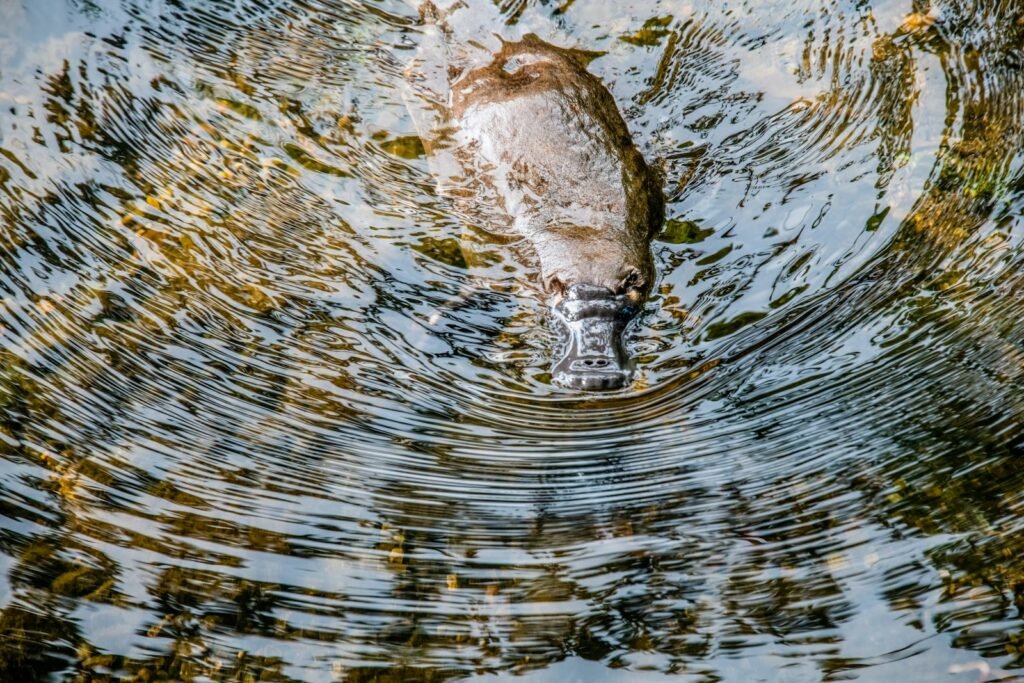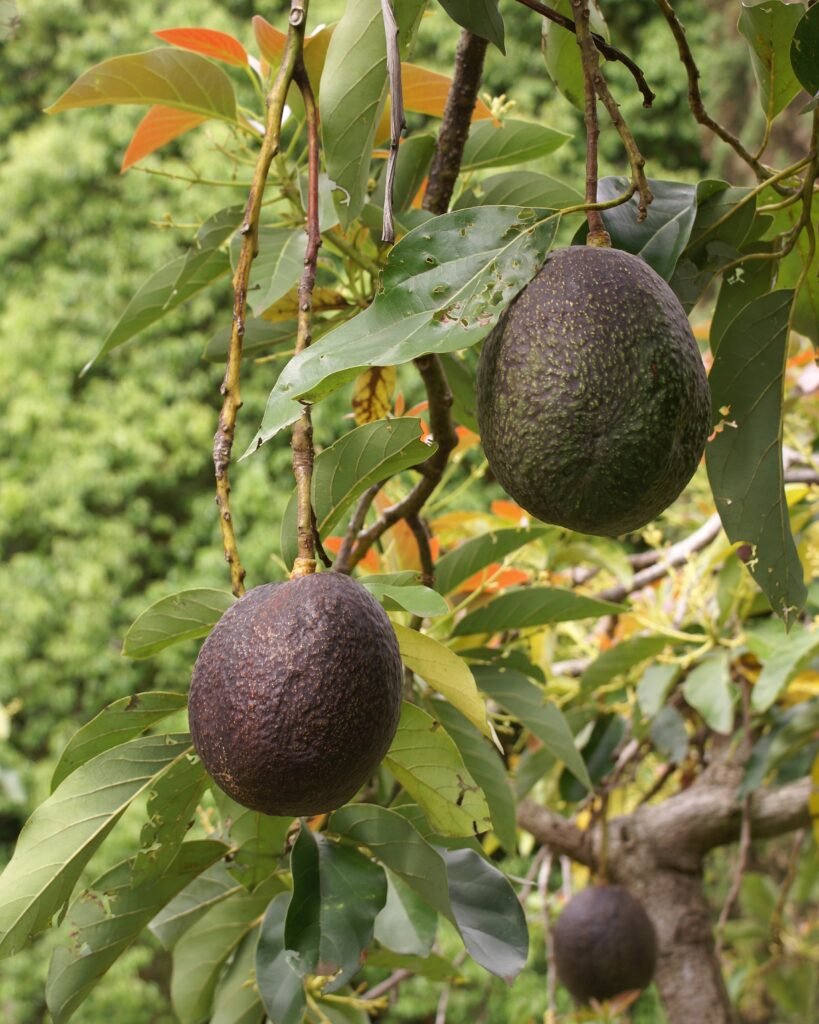The animal kingdom constantly surprises us with creatures that defy our expectations. When we think of mammals, we picture furry creatures that give birth to live young and nurse them with milk. But what if I told you that some mammals actually lay eggs? And what if there are mammals living right under our noses that most people have never heard of? These extraordinary creatures challenge everything we thought we knew about the mammalian world, from tiny shrews that can literally die of fright to aquatic mammals that navigate using electricity.
The Shocking Truth About Egg-Laying Mammals

Most people assume all mammals give birth to live babies, but nature had other plans. Only five species of mammals actually lay eggs, and they’re called monotremes. These incredible creatures represent some of the most primitive mammals on Earth, having evolved separately from other mammals over 200 million years ago.
The platypus and four species of echidnas are the only egg-laying mammals that exist today. They’re like living fossils, showing us what early mammals might have looked like. What makes this even more mind-blowing is that after laying eggs, these animals still produce milk to feed their young – just not through nipples like other mammals.
The Platypus: Nature’s Most Confusing Creation

When European scientists first encountered the platypus in 1798, they thought someone was playing a prank on them. This bizarre creature looks like someone took parts from a duck, beaver, and venomous snake and stuck them together. The platypus has a duck-like bill, a beaver-like tail, webbed feet, and – here’s the kicker – the males have venomous spurs on their hind legs.
But the real shocker comes during breeding season. Female platypuses lay one to three leathery eggs and incubate them for about 10 days by curling around them and keeping them warm with their body heat. Once the babies hatch, they’re tiny, blind, and completely helpless.
The mother doesn’t have nipples, so she secretes milk through pores in her skin. The babies lap up the milk from grooves on her belly. It’s like nature’s own built-in baby bottle system, just way weirder than anything we could have imagined.
Echidnas: The Spiky Egg-Laying Wonders

Echidnas look like walking pin cushions, but they’re actually sophisticated egg-laying mammals. There are four species of echidnas, and they’re found in Australia and New Guinea. These creatures are covered in spines and have long, sticky tongues perfect for catching ants and termites.
During mating season, female echidnas lay a single egg into a temporary pouch on their belly. The egg is about the size of a grape and has a soft, leathery shell. After 10 days, the baby echidna hatches using a special egg tooth, which falls off shortly after.
The newborn, called a puggle, is only about 15 millimeters long and weighs less than half a gram. It stays in the mother’s pouch for several weeks, drinking milk that seeps through the skin. Talk about a unique childhood experience.
Bumblebee Bat: The World’s Tiniest Mammal

Meet the bumblebee bat, officially known as Kitti’s hog-nosed bat. This tiny creature holds the record as the world’s smallest mammal by mass, weighing less than a penny. Found only in western Thailand and southeast Myanmar, these bats are so small they could easily be mistaken for large bees.
With a body length of just 30-33 millimeters and a wingspan barely reaching 170 millimeters, bumblebee bats are living proof that size doesn’t matter in the survival game. They roost in limestone caves along rivers and emerge at dusk to hunt for tiny insects. Their echolocation calls are so high-pitched that they’re almost beyond human hearing range.
Unfortunately, these miniature marvels are critically endangered. Habitat destruction and cave disturbance have pushed their population to dangerous lows. There are fewer than 5,000 individuals left in the wild, making them one of the rarest mammals on Earth.
Star-Nosed Mole: The Alien-Looking Underground Hunter
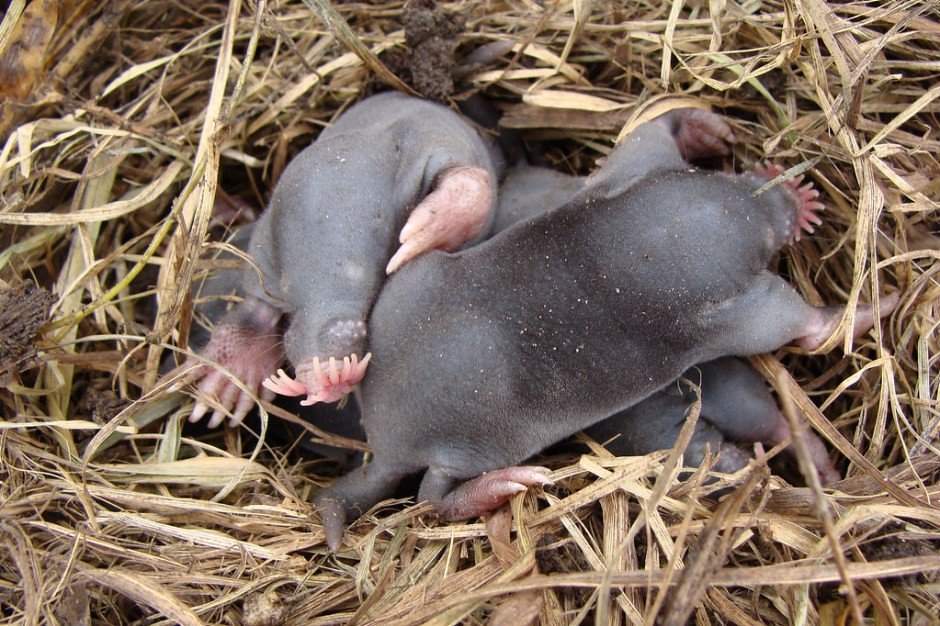
If you’ve ever wondered what an alien might look like, just check out the star-nosed mole. This bizarre creature has 22 fleshy appendages radiating from its nose, making it look like something from a science fiction movie. But this isn’t just for show – it’s actually the most sensitive touch organ in the entire animal kingdom.
The star-shaped nose contains over 100,000 nerve fibers, six times more than a human hand. This allows the mole to identify and consume prey in as little as 120 milliseconds, making it one of the fastest-eating mammals on Earth. It can literally touch and eat 13 separate small prey items in a single second.
These remarkable creatures live in wet, marshy areas across eastern North America. They’re excellent swimmers and can even smell underwater by blowing air bubbles and quickly re-inhaling them. It’s like having a built-in snorkel system that doubles as a super-powered nose.
Aye-Aye: Madagascar’s Mysterious Finger-Tapping Primate

The aye-aye looks like Mother Nature was experimenting with leftover parts when she created this lemur. With its rodent-like teeth, bat-like ears, and an extremely long, bony middle finger, the aye-aye is unlike any other primate on Earth. This unusual finger is the key to its survival strategy.
The aye-aye uses its specialized middle finger to tap on tree bark, listening for the hollow sounds that indicate insect larvae tunnels underneath. Once it locates prey, it gnaws a hole with its ever-growing incisors and uses that same finger to extract the larvae. It’s like having a built-in fishing rod attached to your hand.
Unfortunately, local superstitions in Madagascar consider the aye-aye to be a harbinger of bad luck. Many are killed on sight, contributing to their endangered status. These nocturnal creatures are now found in only a few protected areas, making them one of the world’s most mysterious and threatened primates.
Pangolin: The Walking Pinecone That Rolls Into a Ball
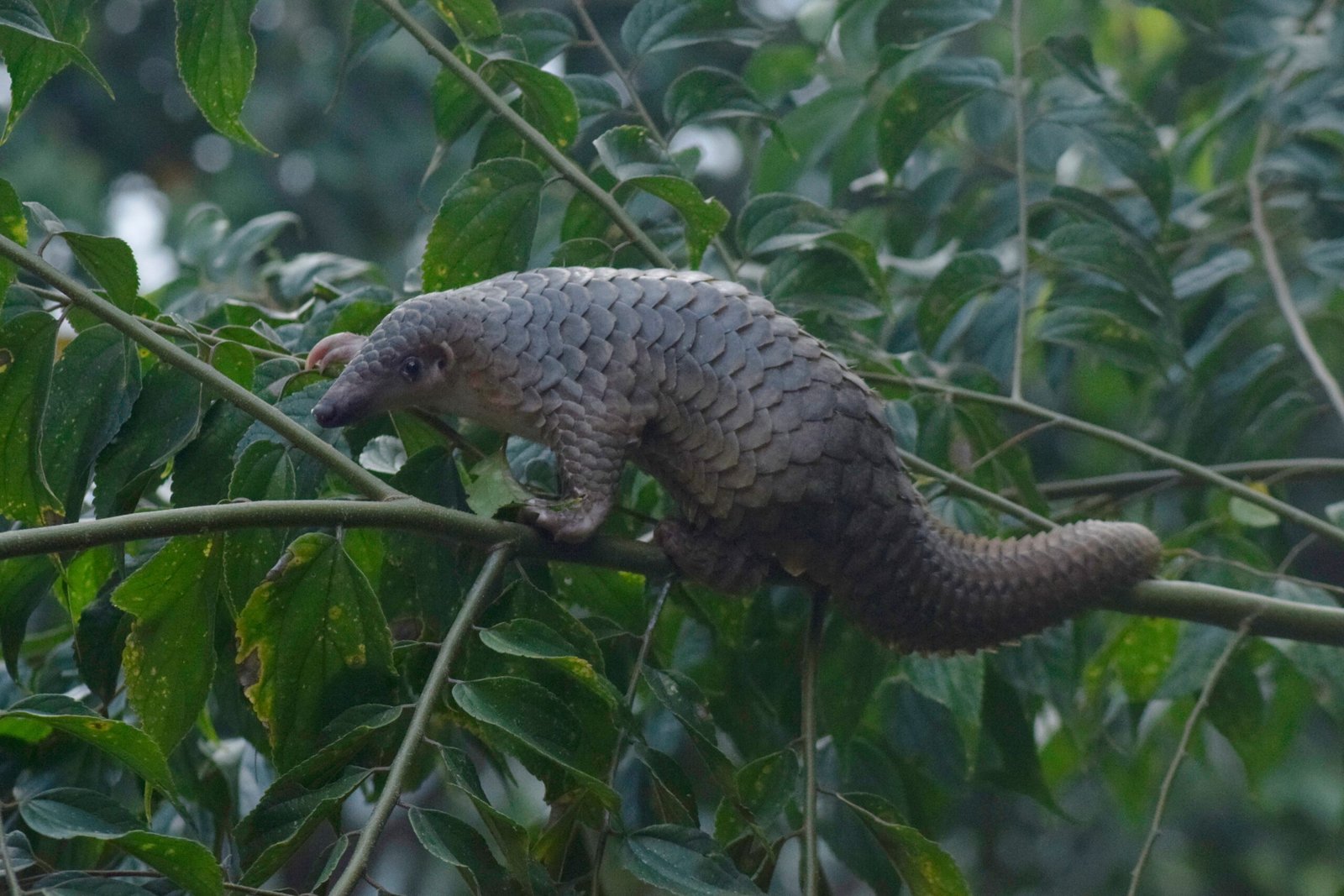
Pangolins are the only mammals in the world covered in scales, making them look like walking pinecones. These unique creatures are found in Africa and Asia, and they have a defense mechanism that would make any armadillo jealous – they can roll into a tight ball when threatened, protecting their soft underbelly with their razor-sharp scales.
Their scales are made of keratin, the same material as human fingernails and hair. When danger approaches, pangolins curl up so tightly that even powerful predators like lions can’t penetrate their armor. Some species can even spray a noxious-smelling liquid from their anal glands, adding insult to injury for any would-be attacker.
Pangolins are also incredible diggers, using their powerful claws to tear open termite and ant nests. They don’t have teeth, so they use their extremely long, sticky tongues to capture prey. A pangolin’s tongue can be longer than its entire body, stored in a special cavity that extends into its chest.
Slow Loris: The Adorable Primate with a Deadly Secret

The slow loris might look like a cute, cuddly stuffed animal, but it’s actually the world’s only venomous primate. These big-eyed creatures from Southeast Asia have a dark secret hiding in their elbows – they produce a toxin that can cause severe allergic reactions and even death in humans.
When threatened, slow lorises lick their elbow glands and mix the toxin with their saliva, creating a venomous bite. They also spread this toxin on their fur to protect their young from predators. It’s like having a built-in chemical weapons system that doubles as baby protection.
These nocturnal primates move incredibly slowly through the forest canopy, which is actually a hunting strategy. Their deliberate movements help them sneak up on prey without being detected. They primarily feed on insects, tree sap, and small vertebrates, using their strong grip to hang motionless from branches for hours.
Vaquita: The World’s Most Endangered Marine Mammal
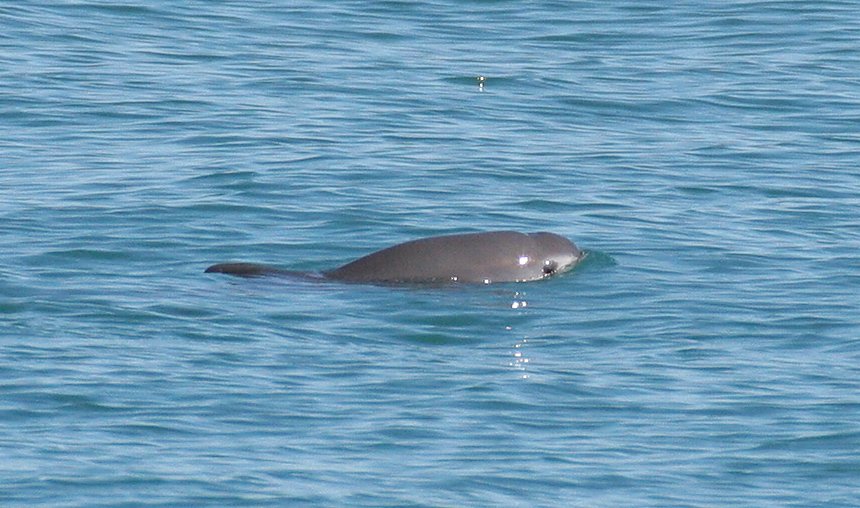
The vaquita is a small porpoise found only in the northern Gulf of California, Mexico. With distinctive dark rings around their eyes and lips, these marine mammals are often called “little cows” due to their stocky appearance. But their cute looks can’t save them from being the world’s most endangered marine mammal.
There are fewer than 20 vaquitas left in the wild, making them more endangered than giant pandas. Their population has declined by over 90% in the last decade due to fishing nets intended for other species. These shy creatures are accidentally caught as bycatch in gillnets set for totoaba fish, whose swim bladders are highly valued in traditional Chinese medicine.
Vaquitas are incredibly elusive and were only discovered by science in 1958. They’re the smallest cetacean in the world, reaching only about 1.5 meters in length. Their small size and timid nature make them particularly vulnerable to human activities in their limited habitat.
Saola: The Asian Unicorn That Nearly Doesn’t Exist

The saola is so rare and elusive that it’s often called the “Asian unicorn.” This antelope-like mammal was only discovered in 1992 in the mountains of Vietnam and Laos, making it one of the most recent large mammal discoveries. What makes the saola truly special are its straight, parallel horns that can grow up to 50 centimeters long.
These mysterious creatures are incredibly camera-shy, with only a handful of photographs ever taken in the wild. Scientists estimate there are fewer than 100 individuals left, possibly as few as a dozen. The saola’s rarity is so extreme that most of what we know about them comes from studying animals that died in captivity.
Saolas live in the dense forests of the Annamite Mountains and are perfectly adapted to their environment. They have distinctive white markings on their face and large scent glands that they use to mark their territory. Their diet consists mainly of leafy plants found along riverbanks and in forest clearings.
Bongo: The Striped Forest Giant

The bongo is the largest forest antelope in the world, but most people have never heard of it. These magnificent creatures are found in the dense forests of central and western Africa, where their reddish-brown coat with white stripes provides perfect camouflage among the dappled sunlight.
Both male and female bongos have impressive spiral horns that can grow up to 99 centimeters long. These horns are used for defense and foraging, helping them push through dense vegetation. Bongos are surprisingly agile for their size, capable of jumping over fallen trees and navigating through thick forest undergrowth.
These gentle giants are primarily nocturnal and extremely shy, making them rarely seen even by people living in their habitat. They feed on leaves, bark, roots, and fruits, playing a crucial role in seed dispersal throughout their forest ecosystem. Unfortunately, hunting and habitat loss have made bongos increasingly rare in the wild.
Quokka: The Happiest-Looking Animal on Earth

The quokka has become internet famous for its perpetually smiling face and friendly demeanor. These small marsupials are found mainly on Rottnest Island off the coast of Western Australia, where they’ve become a major tourist attraction. Their upturned mouths and curious nature make them appear to be constantly happy, earning them the nickname “the world’s happiest animal.”
Quokkas are incredibly social creatures that live in large groups. They’re herbivores that primarily feed on grasses, leaves, and bark. What makes them particularly interesting is their ability to survive with very little water – they can go for long periods getting moisture only from their food and morning dew.
These marsupials are about the size of a domestic cat and can climb trees, though they prefer to stay on the ground. Baby quokkas, called joeys, spend about six months in their mother’s pouch before becoming independent. Their fearless attitude toward humans has made them perfect subjects for countless selfies, though visitors are reminded to keep their distance.
Etruscan Shrew: The Hyperactive Miniature Mammal
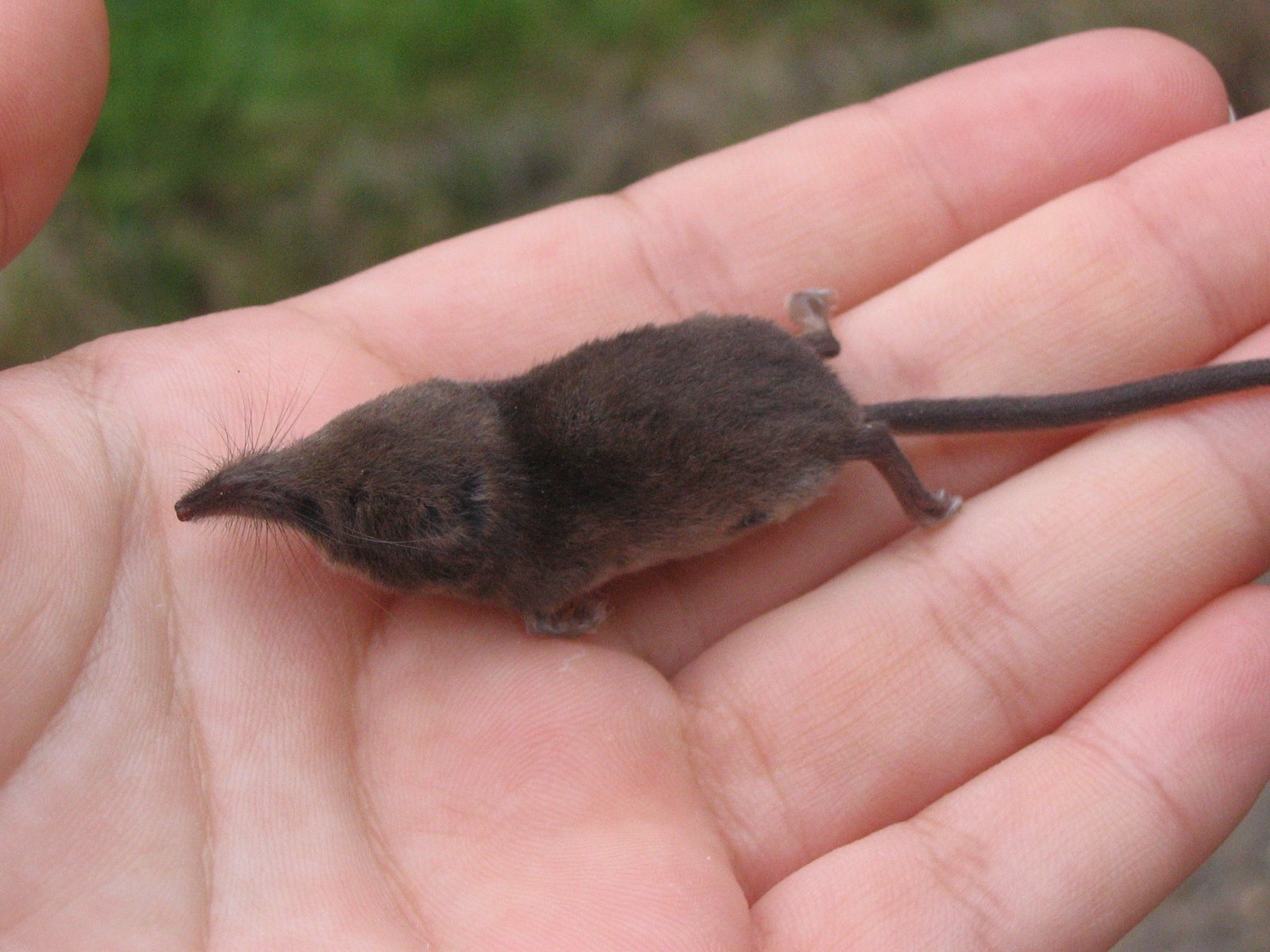
The Etruscan shrew is the smallest mammal by mass, weighing less than a dime. These tiny creatures are found across Europe, Asia, and North Africa, living life in constant fast-forward mode. Their metabolism is so high that they must eat every 15-30 minutes or they’ll literally die of starvation.
These miniature mammals have heart rates that can reach 1,500 beats per minute – that’s 25 beats per second. To put that in perspective, a human heart beats about once per second at rest. Etruscan shrews are so sensitive to stress that they can actually die from loud noises or sudden movements, making them one of the most fragile mammals on Earth.
Despite their tiny size, these shrews are fierce predators. They hunt insects, spiders, and even small lizards, often attacking prey larger than themselves. Their saliva contains mild venom that helps paralyze their victims, making them more effective hunters than their size would suggest.
Olinguito: The Newest Mammal Discovery
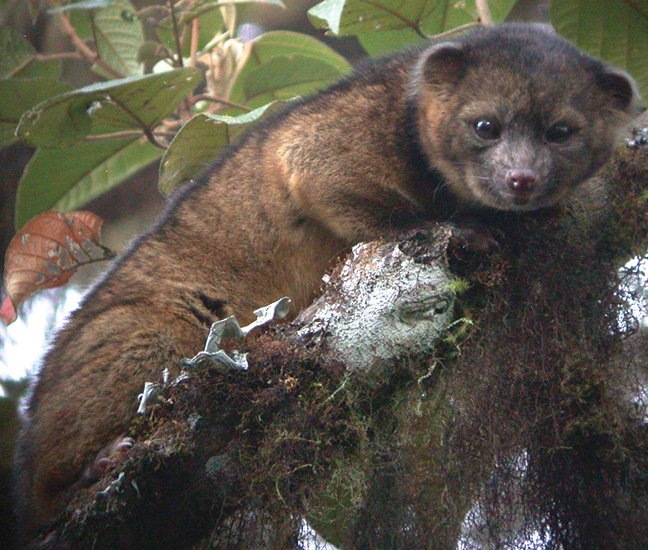
The olinguito made headlines in 2013 when it became the first new carnivorous mammal species discovered in the Western Hemisphere in 35 years. This small, fluffy creature lives in the cloud forests of Colombia and Ecuador, where it had been hiding in plain sight for decades.
Scientists had actually been studying olinguitos for years, but they mistakenly thought they were olingos, a closely related species. It wasn’t until DNA analysis revealed the truth that the olinguito was recognized as its own species. This discovery shows how much we still don’t know about the natural world, even in the 21st century.
Olinguitos are about the size of a house cat and have dense, woolly fur that helps them stay warm in their misty mountain habitat. They’re primarily fruit-eaters, playing an important role in seed dispersal throughout their forest ecosystem. Their large eyes and nocturnal lifestyle make them perfectly adapted to life in the dark cloud forests.
The Incredible Diversity of Mammalian Life
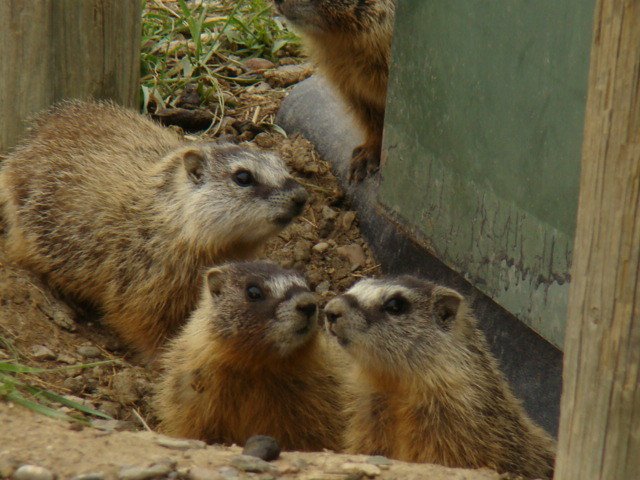
These remarkable creatures represent just a fraction of the incredible diversity found in the mammalian world. From egg-laying platypuses to venomous slow lorises, each species has evolved unique adaptations to survive in their specific environments. The discovery of new species like the olinguito reminds us that our planet still holds countless secrets waiting to be uncovered.
What’s particularly fascinating is how these animals challenge our preconceptions about what mammals can be. Who would have thought that mammals could lay eggs, produce venom, or survive on just a few grams of body weight? These extraordinary adaptations show the incredible power of evolution to create solutions we never could have imagined.
Many of these species face serious threats from habitat loss, climate change, and human activities. The vaquita and saola are on the brink of extinction, while others like the aye-aye and pangolin struggle against superstition and illegal trade. Their survival depends on our willingness to protect their habitats and respect their role in the ecosystem.
Did you expect that mammals could be so wonderfully weird and diverse?

